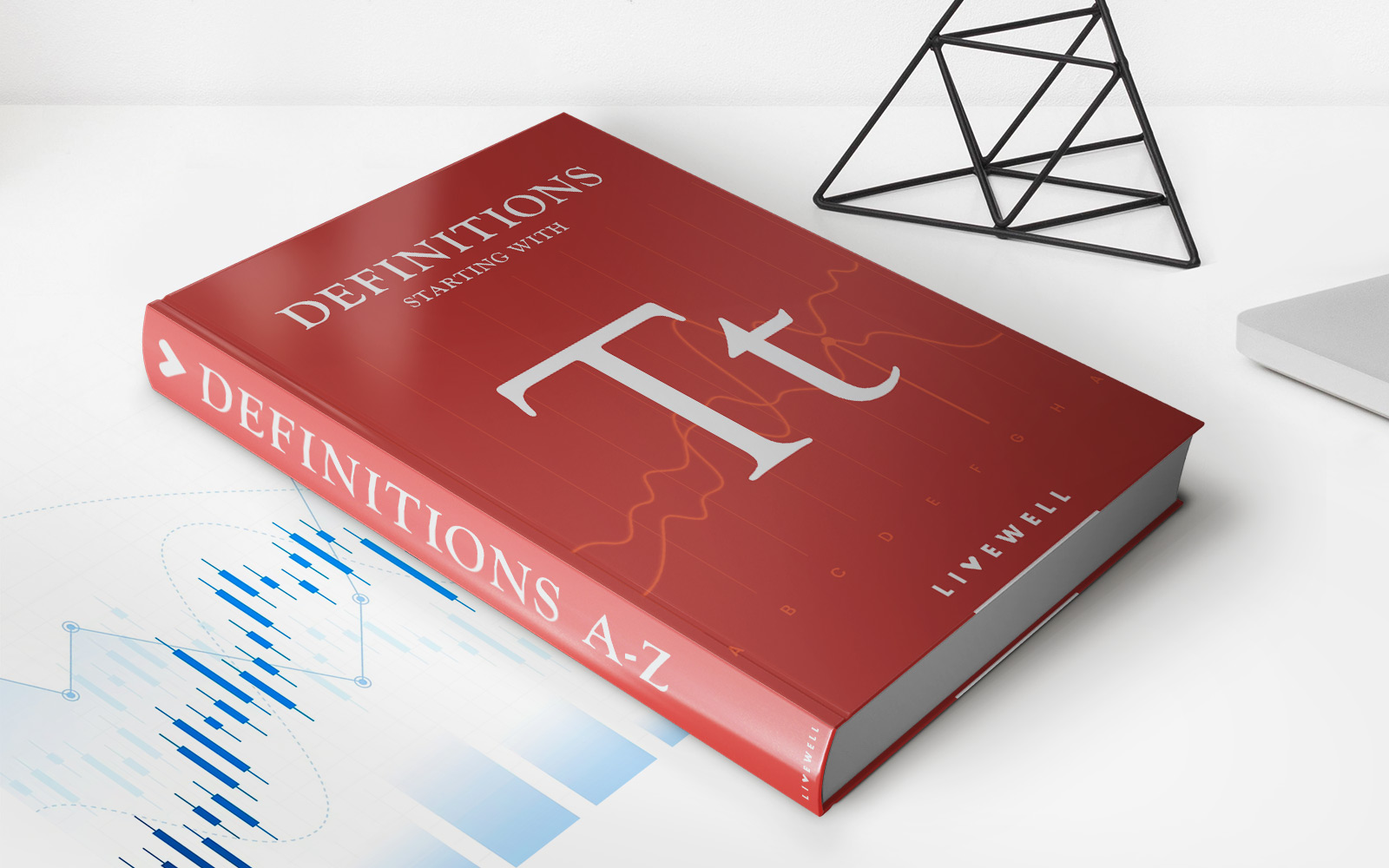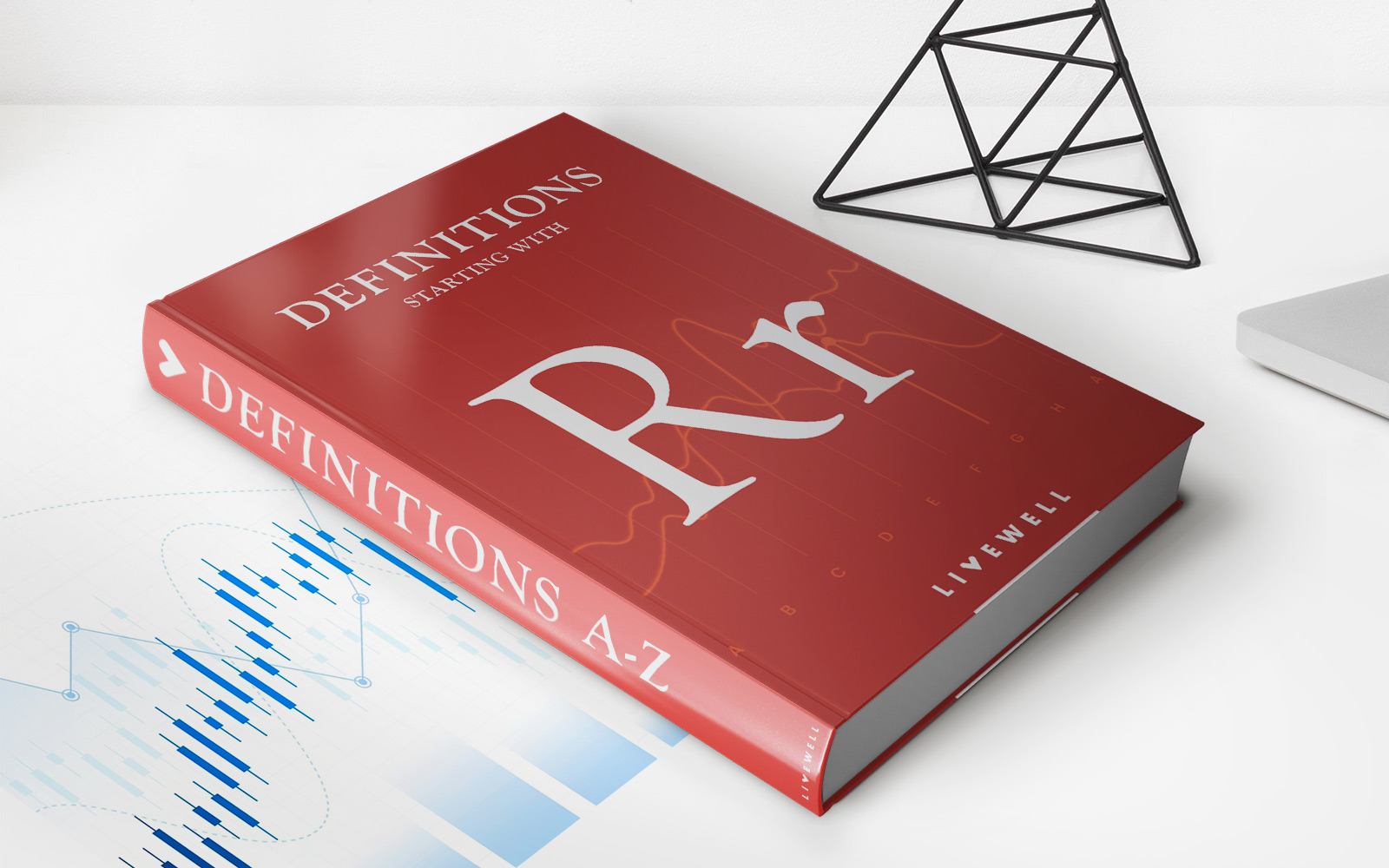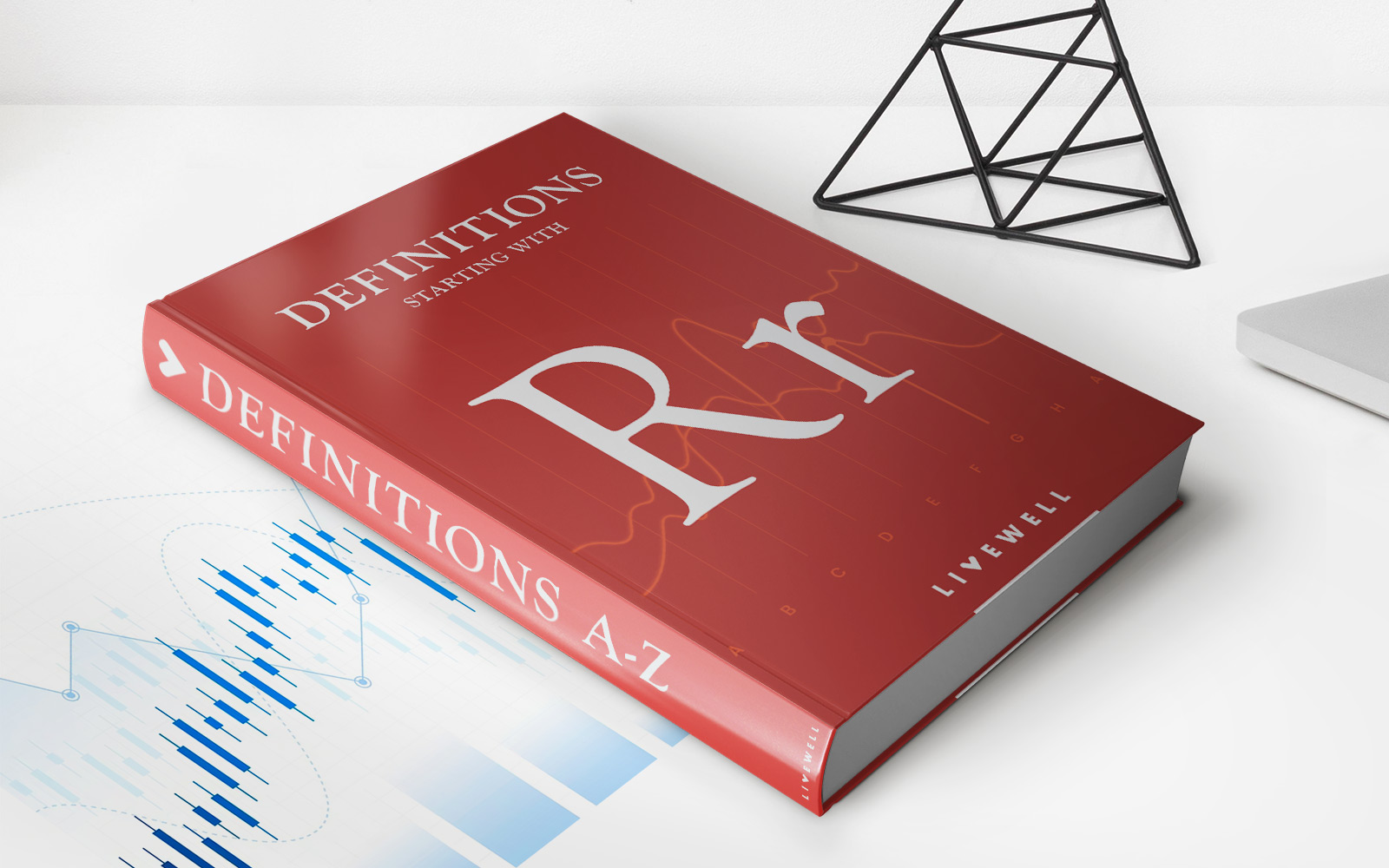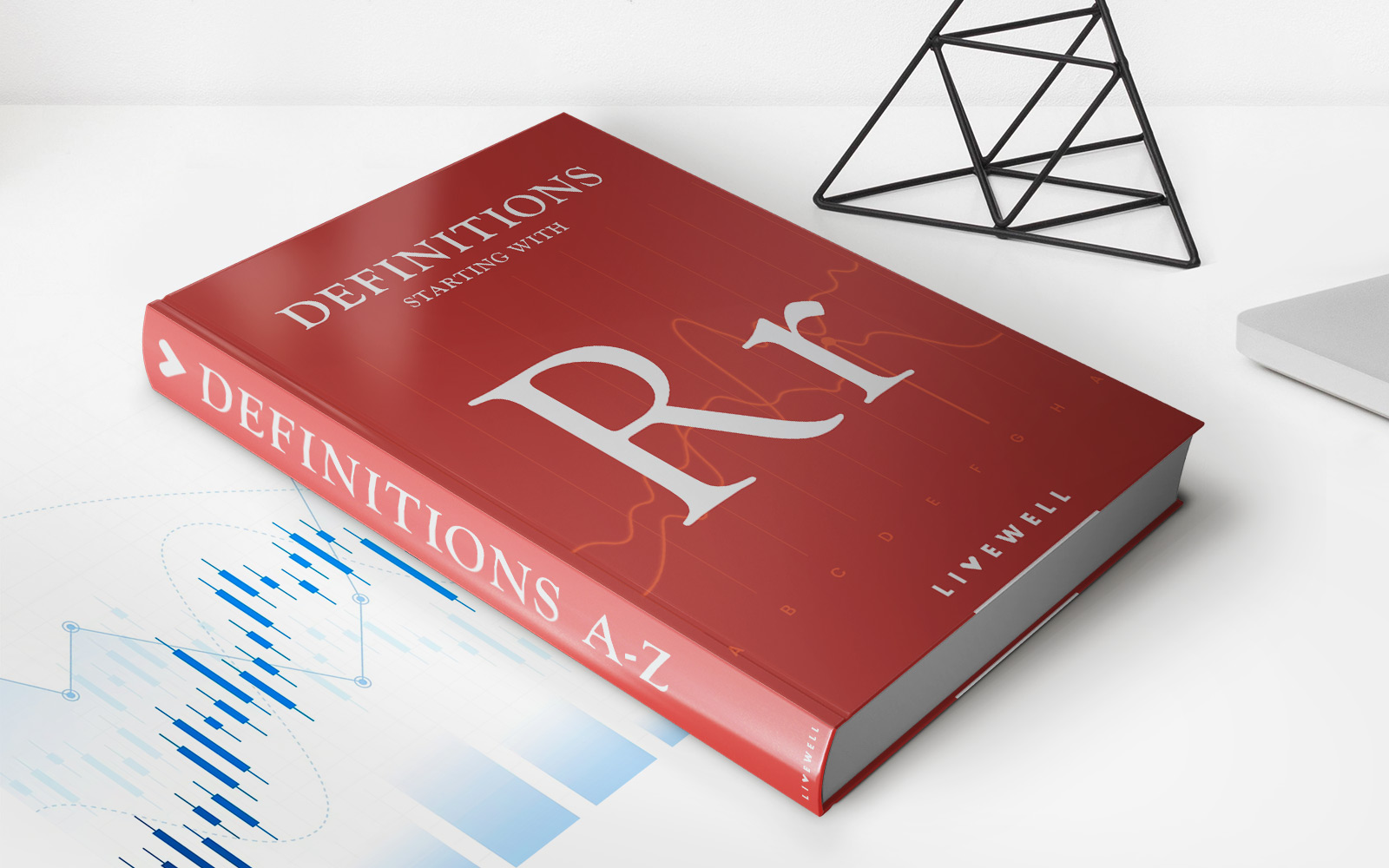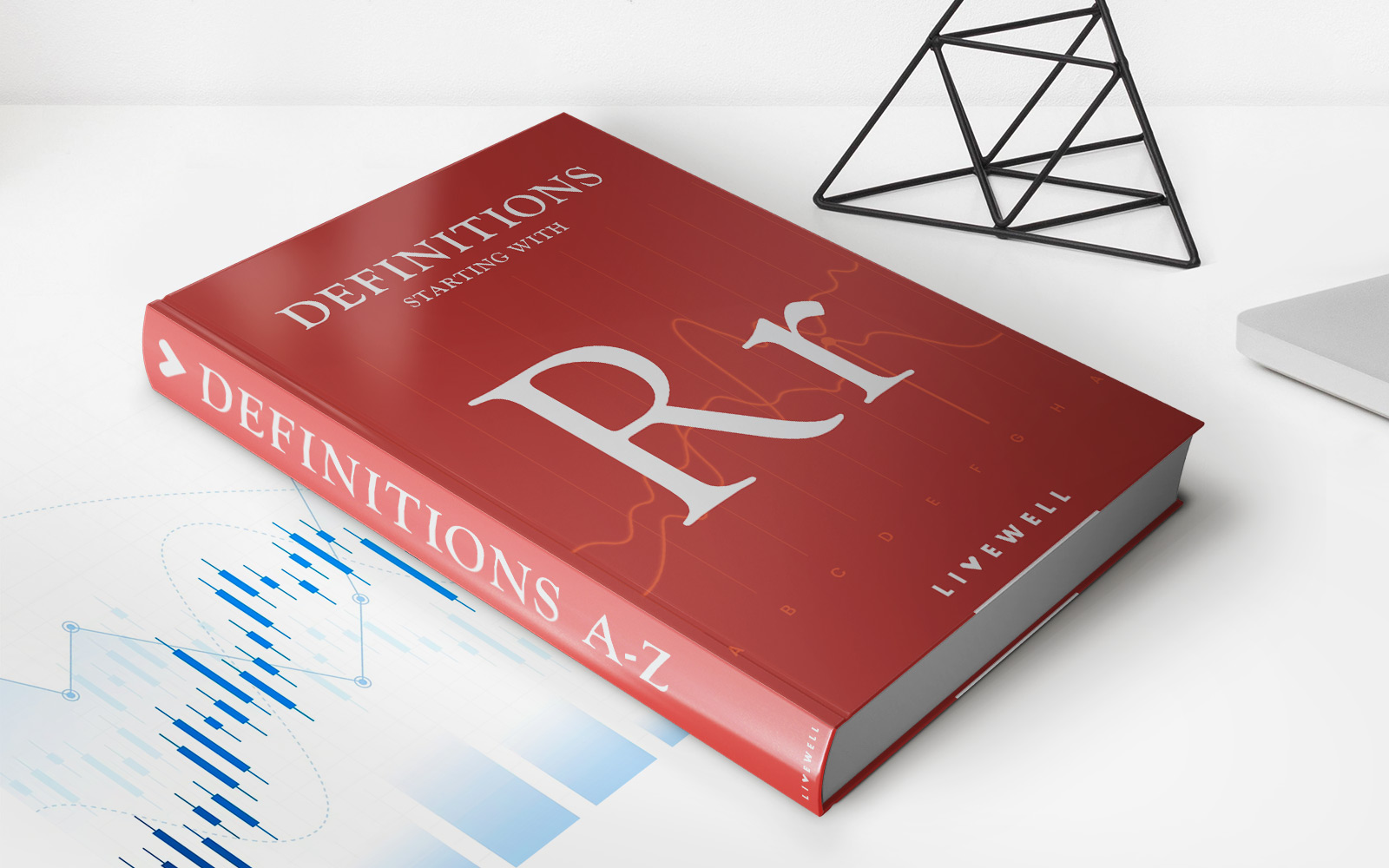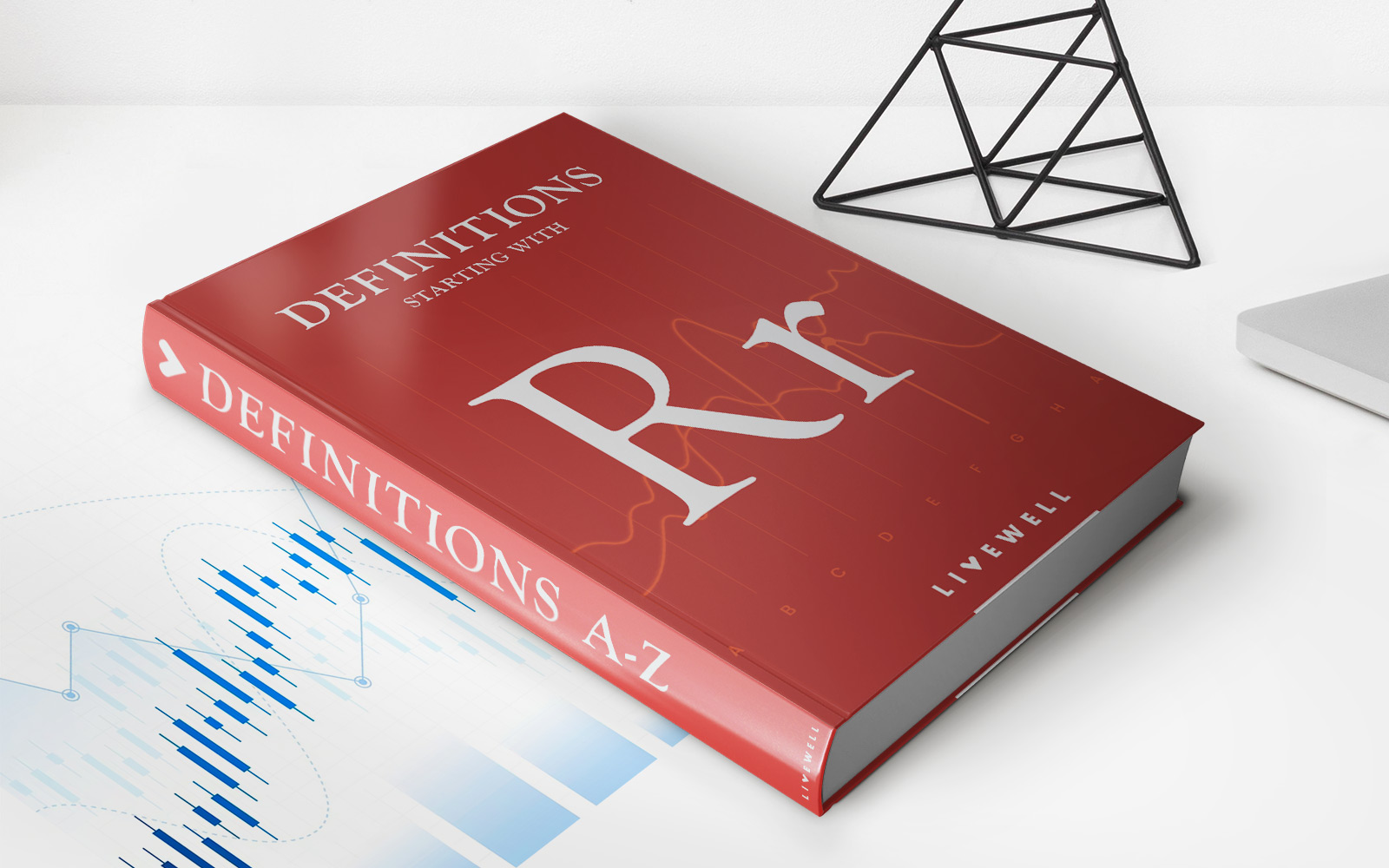Home>Finance>What Is Regulation A? Definition, Update, Documenation, And Tiers
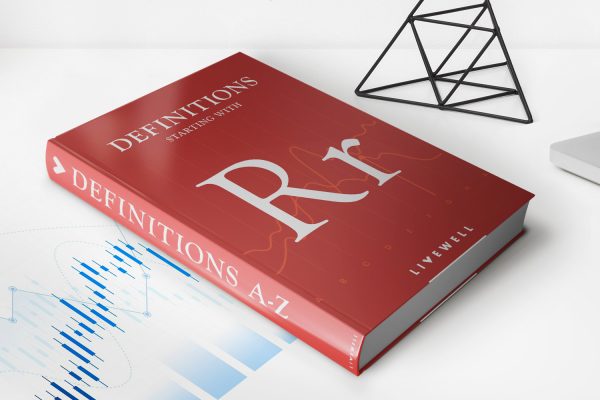
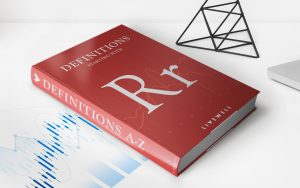
Finance
What Is Regulation A? Definition, Update, Documenation, And Tiers
Published: January 17, 2024
Learn about Regulation A in finance, including its definition, updates, documentation, and tiers. Stay informed on important regulatory changes in the financial industry.
(Many of the links in this article redirect to a specific reviewed product. Your purchase of these products through affiliate links helps to generate commission for LiveWell, at no extra cost. Learn more)
What Is Regulation A? Definition, Update, Documentation, and Tiers
Finance is a diverse and ever-evolving field, with many investors and entrepreneurs seeking opportunities to raise capital for their ventures. One option available is Regulation A, a provision under the Securities Act that allows companies to issue securities to the public, thus democratizing the investment process.
Regulation A, also known as Reg A, has gained popularity in recent years due to its potential to provide access to capital for small and medium-sized enterprises (SMEs). It serves as an alternative to traditional Initial Public Offerings (IPOs) and exempts certain securities offerings from full registration requirements.
Key Takeaways:
- Regulation A enables companies to raise capital by selling securities to the public.
- It offers a more streamlined and cost-effective alternative to traditional IPOs.
Regulation A has gone through several updates over the years to better suit the needs of both issuers and investors. In June 2015, the U.S. Securities and Exchange Commission (SEC) implemented a two-tiered system, known as Tier 1 and Tier 2 offerings, to provide additional options and safeguards.
Tier 1 and Tier 2:
- Tier 1: This tier allows companies to raise a maximum of $20 million in any 12-month period. The offering does not require audited financial statements, and the reporting and ongoing disclosure requirements are relatively less stringent.
- Tier 2: Under this tier, companies can raise up to $75 million in any 12-month period. Issuers must provide audited financial statements and comply with more robust ongoing reporting obligations. However, Tier 2 offerings also come with certain benefits, such as the ability to raise capital from both accredited and non-accredited investors.
To ensure transparency and investor protection, companies offering securities under Regulation A must file an offering statement, including detailed information about their business, financials, and any potential risks. This filing is subject to review and qualification by the SEC.
Regulation A offers an opportunity for investors to support innovative ventures and access investment opportunities that were traditionally reserved for institutional investors. With its accessible and streamlined nature, it has the potential to bridge the funding gap for SMEs and spur economic growth.
In conclusion, Regulation A is a valuable tool for companies seeking to raise capital and for investors looking to diversify their portfolios. Its two-tiered structure provides flexibility and options tailored to different funding needs. Whether you’re an issuer or an investor, familiarizing yourself with Regulation A and its requirements can help you navigate the financial landscape with confidence.
